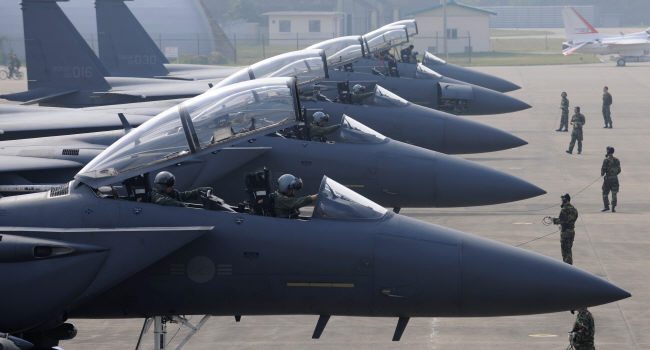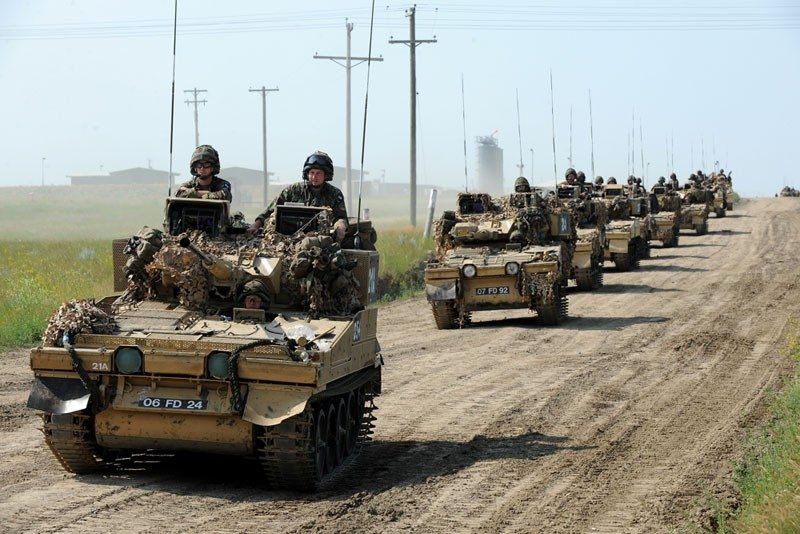Lockheed Martin’s F-35 faces the distinct possibility of being the first to be eliminated in the ongoing bidding for Korea’s next generation fighter program. The weakest point against the latest U.S. aircraft is that its price may go up significantly because it is still in development.
The Defense Acquisition Program Administration (DAPA), the arm of the Ministry of National Defense, has told the three candidates to meet the required price of 8.3 trillion won ($7.45 billion) or face an early exit. The bidding is scheduled to resume on Aug. 12 through 16.
Currently, F-35 is vying against Boeing’s F-15 Silent Eagle and the European Aeronautic Defense and Space Company (EADS)’s Eurofighter Tranche 3 Typhoon.
“When any of three bidders meets the procurement price, DAPA will evaluate all three fighter jets,” DAPA Spokesman Baek Youn-hyeong said at a briefing.
“But despite finishing first in the evaluation, a firm whose bid exceeds the budget will not be signed for the F-X contract.”
He added that a runner-up or a third place has a chance to secure a deal if either of comes to within the given budget.
The U.S. government is unable to guarantee a fixed price because the stealth jet is being tested, so there is speculation that the Lockheed side might sharply push its cost down in the new round of the bidding to win the deal.
But DAPA said that it is highly unlikely. “If a participant places an inappropriate price to take a contract, it can become a problem afterward, based on the laws of international contracts,” Baek said.
At this point, what the F-35 can do seems to just wish the bidding to be called off and DAPA to increase the budget, as the agency said if there is no entry with price within the project budget after the resumption of the bidding, it will review other options including increasing the budget.
The DAPA announcement is likely to be a major blow to the F-35, which has basked in spotlight as a shoo-in in the competition on the back of its low-observable technology, or a stealth capability, despite its highly-projected price tag.
The U.S. Defense Security Cooperation Agency said in April that a potential foreign military sale (FMS) of 60 F-35 stealth jets and associated equipment, parts, training and logistical support, would cost an estimated 12.4 trillion won.
In addition, the U.S. Department of the Air Force, participating in the bidding on behalf of Lockheed Martin under the FMS program, reportedly placed bids ranging from 10 trillion won to 12 trillion won, while Boeing, which sold a total of 60 F-15K Slam Eagles through the first two phases of the F-X requirement, was closest to the DAPA budget with its bid being just 3 percent higher.











